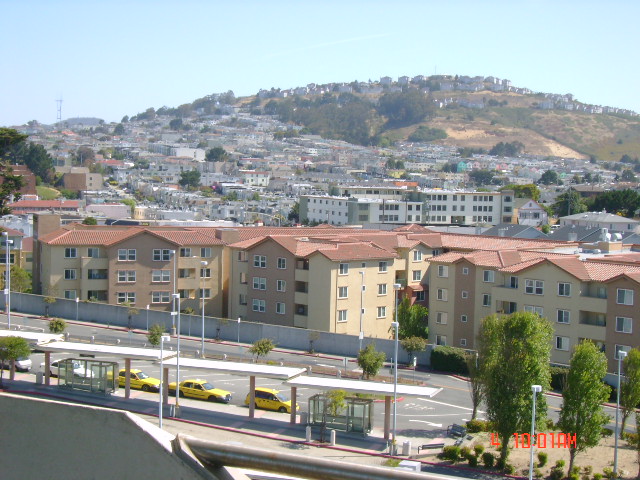
During the Falklands War in 1982, the RAF airfield closest to the action was on Ascension Island near the equator, thousands of miles away. Tasked with destroying the runway at Port Stanley, the RAF organized a complicated relay in which 11 tankers accompanied a single bomber (mauve), refueling it and each other in midair to support its journey of 3,400 nautical miles to the target. The attacking Vulcan bomber was refueled four times on the way out and once on the way back, using more than 220,000 gallons of aviation fuel altogether.
At the time this was the longest-ranged bombing raid in history — the return journey alone took 16 hours. It put one crater in the runway, which was repaired within 24 hours, but it discouraged the Argentinians from using it more heavily.
See The Jeep Problem. (Thanks, Tom.)








